Demystifying the Classics: A Guide to the Six Base Wines
Entering the world of wine can feel overwhelming, especially if you're interested in bartending your own cocktails at home. Don't worry, today's guide is designed specifically for you. We'll explore six fundamental wines that provide a solid foundation for your mixology adventures. By understanding these core types, you'll be well-equipped to select the perfect bottle to elevate your homemade drinks. From crisp whites to bold reds, we'll cover a range of flavors and characteristics, ensuring you have the right tools to become a master mixologist in no time!
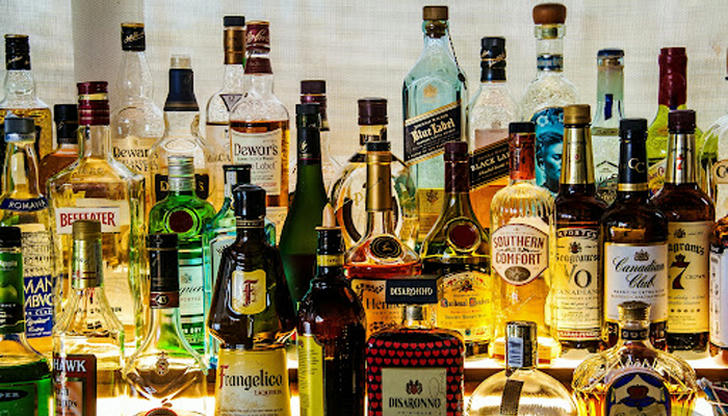
Base wine means “the base wine for bartending” and can be called the core of bartending. Usually, distilled liquor with a higher alcohol content is used as the base, and the alcohol content is about 40% or more. Most of the cocktails use a single base liquor as the base. Of course, more than one base liquor is also used.
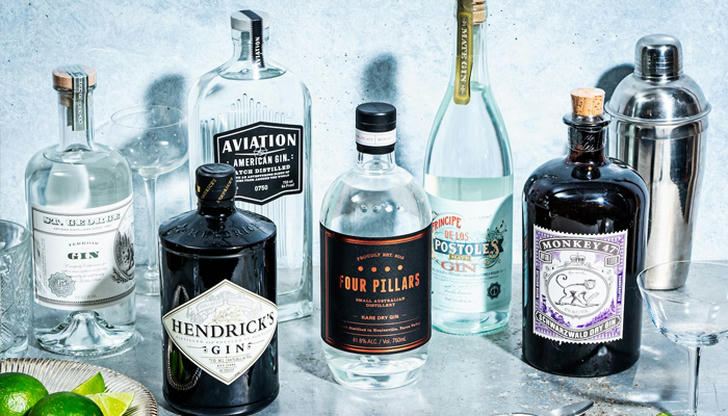
Gin:
Gin was first produced in the Netherlands and became famous around the world after mass production in the UK. It can be said to be the most frequently used base liquor in cocktail preparation and is called the "heart" of cocktails. It is a neutral spirit made from grains through fermentation and distillation and is flavored with a variety of medicinal materials and spices, mainly juniper berries.
• Common cocktails with gin:
Gin Tonic, Martini, Aviation, Negroni, Singapore Sling, etc.
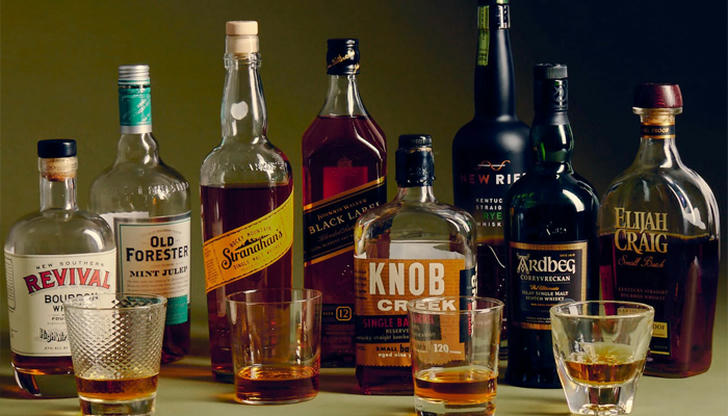
Whiskey:
Whiskey comes in many styles and has a variety of flavor characteristics. It is also the most complex one among the six basic wines. Whiskey is mostly distilled liquor aged in oak barrels, and its grain and oak aroma are also some of its characteristics. Different varieties of distilled spirits are made from various grains (possibly malt), such as barley, corn, rye, and wheat. There are five main whiskey-producing regions: Scotland, Ireland, the United States, Canada and Japan.
• Common cocktails with whiskey:
WhiskeySour, Old Fashioned, Godfather, Hot Toddy, etc.
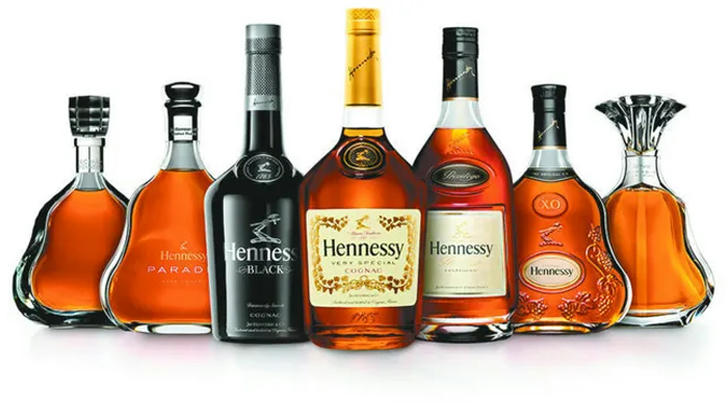
Brandy:
Brandy is a wine made from fruits through fermentation and distillation. Fruit raw materials can be fruits such as grapes, cherries, peaches, apples, and apricots. There are many countries in the world that produce brandy, but Cognac produced in France is the most famous because it is distilled from wine and France is one of the more high-quality wine-producing regions and has relatively strict oak barrel aging. regulations, so cognac is also a symbol of quality.
• Common cocktails with brandy:
Sidecar, Alexander, Jack Rose, etc.
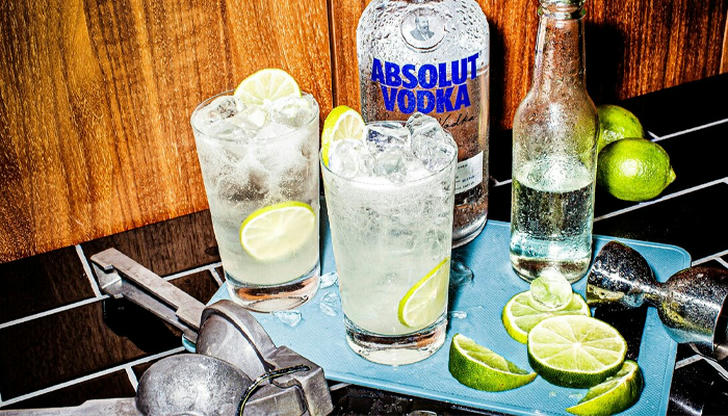
Vodka:
Vodka does not have any special requirements for brewing raw materials. All crops that can be fermented can be used to brew vodka. (Mainly made from potatoes, barley, rye, and corn) Traditional vodka is a pure, high-alcohol spirit with a dry and strong taste. It contains very few impurities and is pure. It is also called “The cleanest wine in the world” and “water of life”.
• Common cocktails with vodka:
Black Russian, Salty Dog, Blood Mary, Screwdriver.
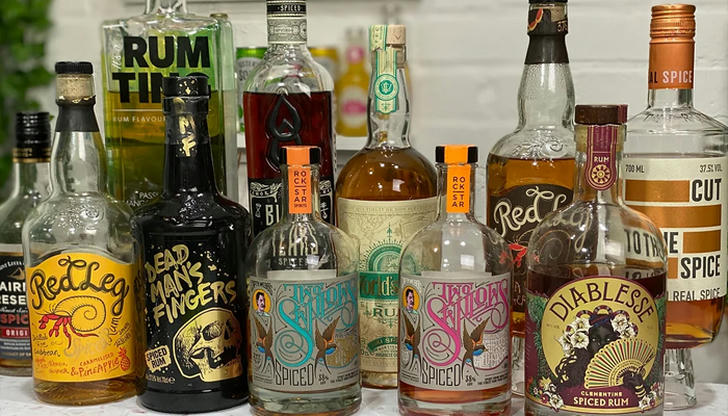
Rum:
Rum is the transliteration of English Rum. The main areas of rum are located in Cuba, the Caribbean, Latin America, and other places near the equator. It is called the “pirate wine” and is drunk by “Captain Jack” in the movie. It's rum. It uses cane sugar as raw material, first made into molasses, then fermented, distilled, and then aged in oak barrels to mature the aroma.
• Common cocktails with rum:
Mai Tai, Mojito, Cubaliba, Pina Colada, Pina Colada et al.
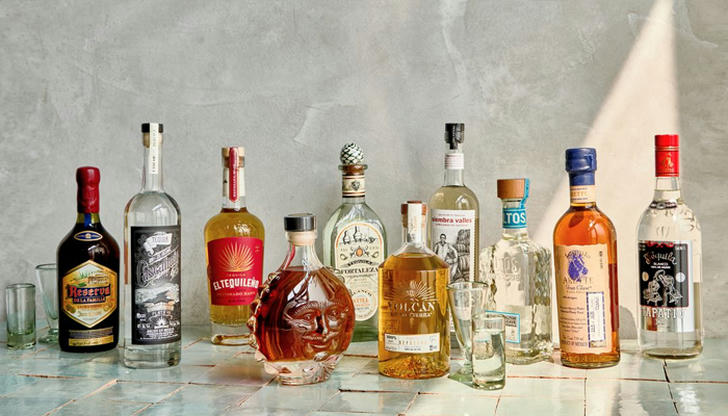
Tequila:
Tequila is a spirit from Mexico. It is brewed from the Amaryllidaceae plant agave. However, there are many kinds of agave, and Tequila refers to the brewing raw material containing 51% blue color agave. All others are collectively referred to as Mezcal. The popular way to drink tequila is with salt and lime, but better quality agave can also be drunk neat.
• Common cocktails with tequila:
Tequila Sunrise, Margaret, Mockingbird, Mocking Bird, Straw Hat, etc.
Now that you’ve grasped the preliminary understanding of the base wine, we can explore how to craft a delicious wine without breaking the bank. After that, we'll dive into the exciting world of creating your very own home bar, a place to unwind, entertain, and showcase your newfound winemaking skills. Get ready to transform your space into a stylish haven for indulging in the finer things–all on a budget!
